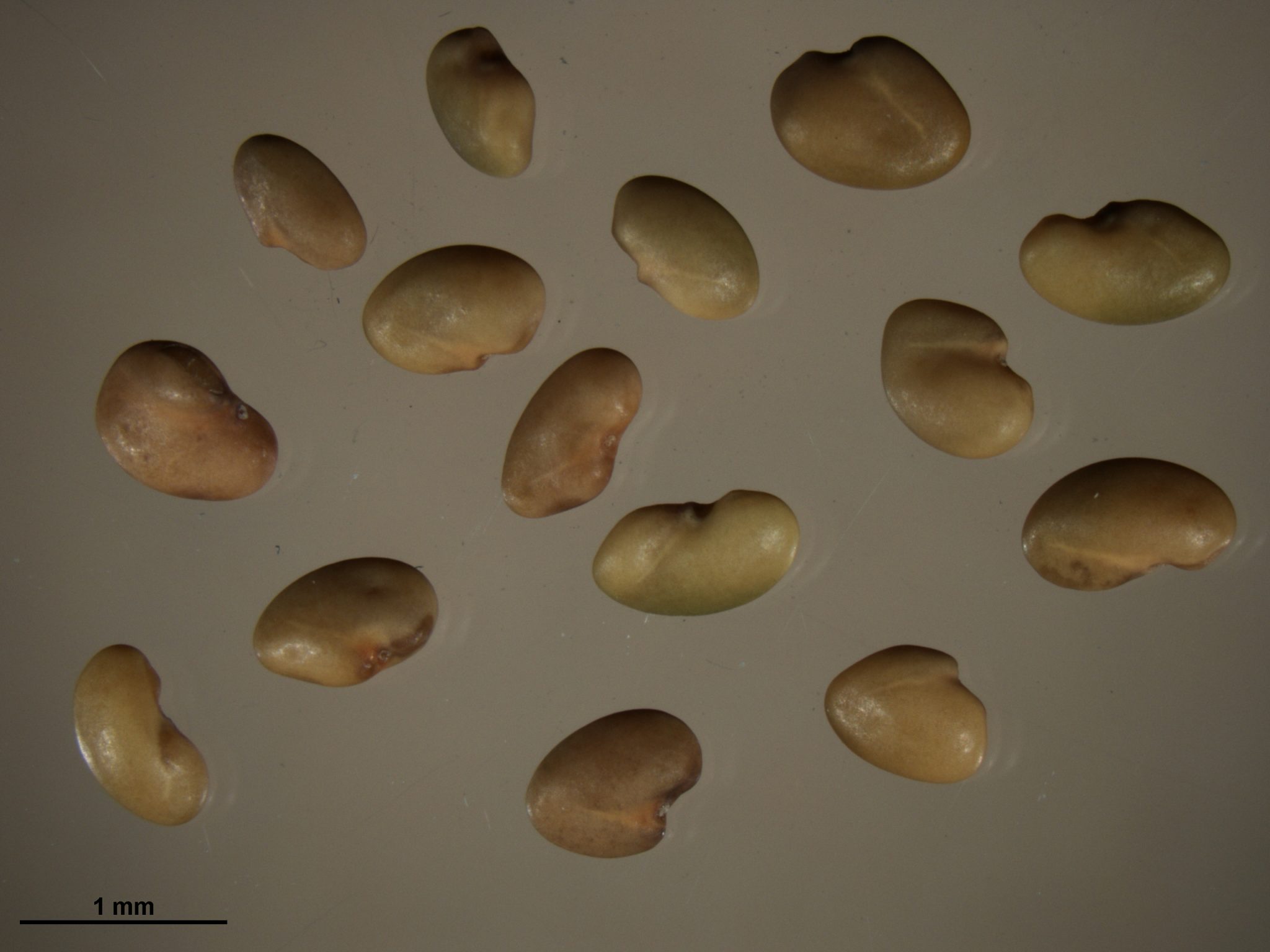I was asked to come to a field in early April many years ago by a young producer. The producer and the seedsman that sold the alfalfa to the producer met me at the field. The cause of concern was that there was an expectation of green alfalfa growing after breaking winter dormancy in Mid-March. Instead, what was seen at my height of 5’ 10” was light brown soil; not a trace of green from anything was seen. I dropped to my knees and got my eyes within 12 inches of the soil surface. What I saw was what had been an outstanding stand of alfalfa seedlings, at least 24 dead alfalfa seedlings no more than 1-inch in height, that were the same color of the soil. I asked the producer when he seeded the field. He replied, “October 7”. The “Best Management Practice” would have been to have the alfalfa seeded by late August. Timely alfalfa seeding is always important to getting an excellent stand, and when seeded so late does not have time to develop into a winter hardy plant. This caused me to reflect on how many times I had heard discussions about fall seeding alfalfa. If this novice alfalfa producer was part of one of these discussions, he did exactly what he was told or heard; he seeded on a beautiful fall day. This in-field experience resulted in me correcting anyone that talks about seeding alfalfa in the fall. The right time is to have the seeding task accomplished by mid-August in northern Indiana and very early September along the Ohio River Valley. The fall season doesn’t begin until September 21.
The lesson from this event – Be specific when giving recommendations. Someone is listening!
P.S. for my beef cattle friends – Spring calving is after March 21, not in February or early March!



